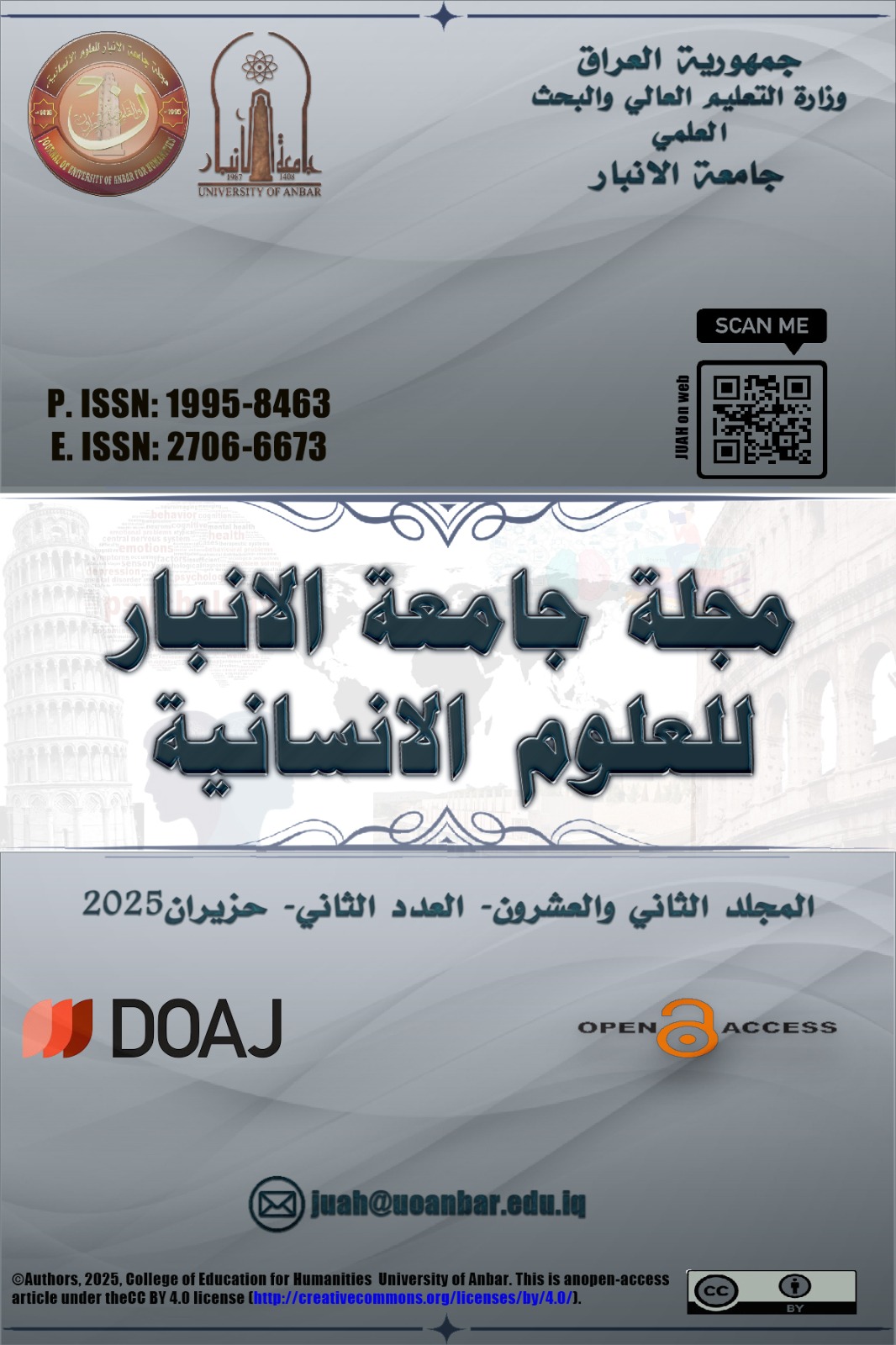Abstract
Aims: The current study aimed to investigate the economic, construction, and cultural conditions in Mongolian society by highlighting the natural resources, agricultural, and animal wealth possessed by the Mongolian lands. It also aimed to analyze their impact on lifestyles and social organizations. It also seeks to address commercial activity and architectural aspects, focusing on what is mentioned in historical sources about these aspects. Methodology: The descriptive-analytical approach was adopted, based on studying historical narratives and texts that dealt with Mongolian society at its various stages, analyzing the content of what was mentioned therein regarding economic, constructions, and cultural aspects, and linking them to the nature of the geographical environment and the social structure of that society. Results: The study showed that the Mongolian lands were rich in natural resources, which contributed to the limited development of agricultural wealth, while livestock wealth formed the economic basis of a nomadic society based on migration. It also demonstrated the weakness of industrial activity due to the Mongol tribes' preoccupation with wars and conquests, with a growing interest in trade, especially during the reign of Genghis Khan. On the other hand, architecture was limited in terms of documentation and sources, but the geographical expansion contributed to the Mongols' openness to multiple urban patterns. Conclusions: It can be concluded that the nomadic and military nature of Mongol society influenced the features of its economic and urban development, with the military nature dominating production, and a lifestyle based on herding and trade emerging. Furthermore, the scarcity of historical sources on architecture reflects the absence of a stable urban structure in the early stages, calling for further research in this area to clarify the mutual cultural influences between the Mongols and the peoples they subjugated.
Keywords
architecture
Economical conditions
industry
Mongols
Trade
Abstract
الأهداف: يهدف هذا البحث إلى دراسة الأوضاع الاقتصادية والعمرانية والحضارية في المجتمع المغولي، من خلال تسليط الضوء على الموارد الطبيعية والثروات الزراعية والحيوانية التي امتلكتها الأراضي المغولية، وتحليل أثرها في أنماط المعيشة والتنظيم الاجتماعي. كما يسعى إلى تناول النشاط التجاري والمظاهر المعمارية، مع التركيز على ما ورد في المصادر التاريخية حول هذه الجوانب. المنهجية: تم اعتماد المنهج الوصفي التحليلي القائم على دراسة الروايات التاريخية والنصوص التي تناولت المجتمع المغولي في مختلف مراحله، مع تحليل مضمون ما ورد فيها عن الجوانب الاقتصادية والعمرانية والحضارية، وربطها بطبيعة البيئة الجغرافية والبنية الاجتماعية لذلك المجتمع. النتائج: أظهرت الدراسة أن الأراضي المغولية كانت غنية بالموارد الطبيعية، مما ساهم في تطور الثروة الزراعية بشكل محدود، في حين شكلت الثروة الحيوانية الأساس الاقتصادي لمجتمع بدوي قائم على الترحال. كما بيّنت ضعف النشاط الصناعي نتيجة لانشغال القبائل المغولية بالحروب والغزوات، مع اهتمام متزايد بالتجارة خاصة في عهد جنكيزخان. أما العمارة، فقد كانت محدودة من حيث التوثيق والمصادر، إلا أن التوسع الجغرافي أسهم في انفتاح المغول على أنماط عمرانية متعددة. الاستنتاجات: توصلت الدراسة إلى أن الطبيعة البدوية والعسكرية للمجتمع المغولي أثرت على ملامح تطوره الاقتصادي والعمراني، حيث طغى الطابع الحربي على الجوانب الإنتاجية، مع بروز نسق معيشي قائم على الرعي والتجارة. كما أن قلة المصادر التاريخية حول العمارة تعكس غياب بنية حضرية مستقرة في المراحل الأولى، ما يستدعي مزيدًا من البحث في هذا المجال لتوضيح التأثيرات الحضارية المتبادلة بين المغول والشعوب التي خضعوا لها.
Keywords
الأحوال الاقتصادية
التجارة
الصناعة
العمارة
المغول
